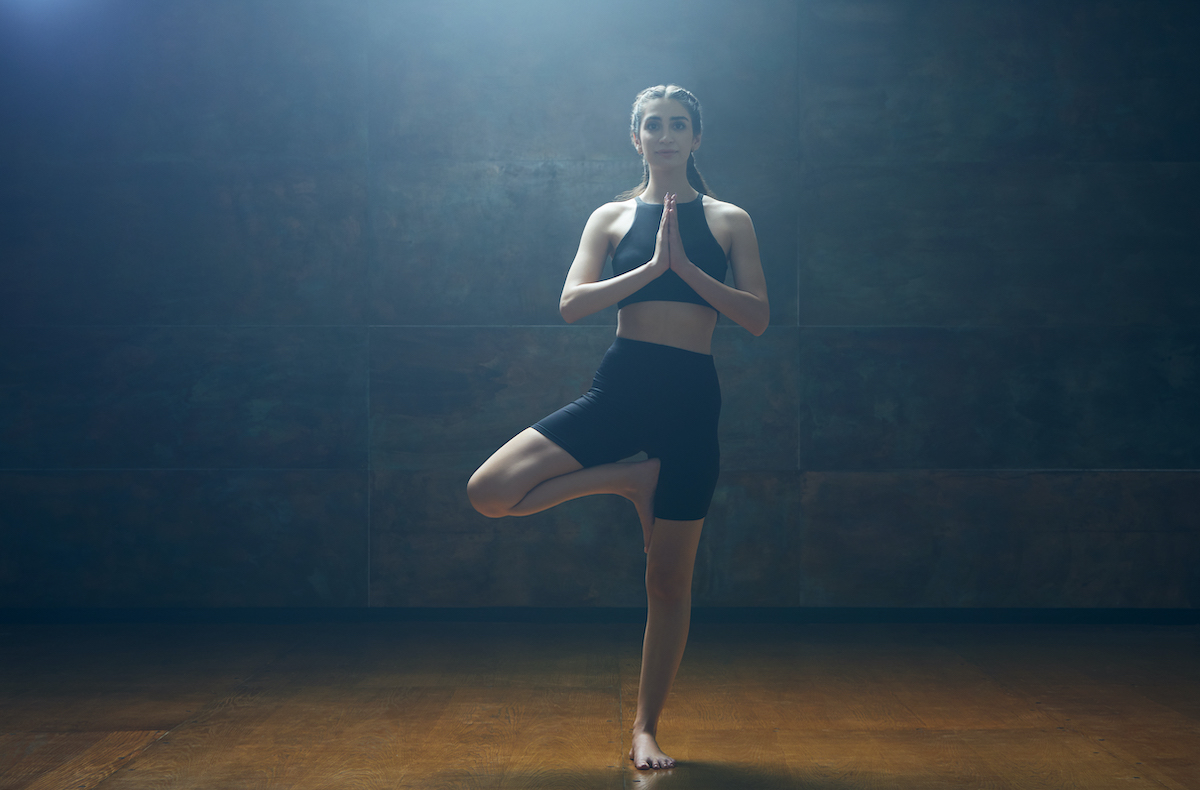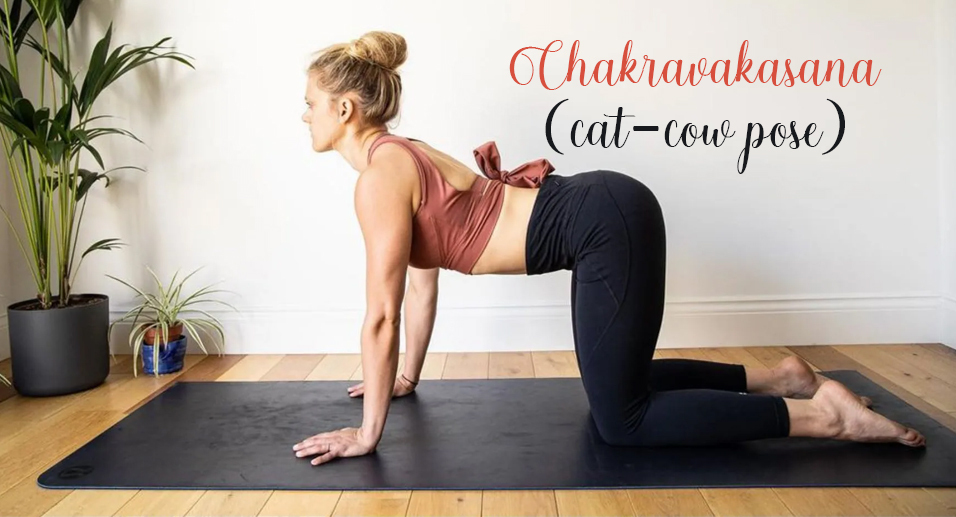
12 Steps of Surya Namaskar, Tips & Benefits
Introduction to Surya Namaskar
Surya Namaskar is also called ‘Sun Salutation.’ It is so named because it is done in the morning time during sunrise. It gives energy to the body and the mind and prepares them for doing further Yoga asanas.
Moreover, the solar plexus is the central point of the human body. It is located behind the navel and connects with the Sun. This is the reason why Surya Namaskar is performed in the morning
There are twelve poses in total in Surya Namaskar that are performed in continuity and each movement syncs with the breathing pattern. If you do all the poses then each body part and muscle get involved in the entire Surya Namaskar exercise. It helps you to generate flexibility in the body and you also learn how to maintain body balance.
Today we will discuss the benefits of Surya Namaskar and its various poses:
Benefits of Surya Namaskar:
Surya Namaskar offers you numerous benefits for your mind and body. These are summarized below:
- It helps in losing weight because of the involvement of the abdominal muscles that are stretched during Surya Namaskar and the unnecessary fat is burnt.
- It improves the working of the thyroid gland which regulates hormones in the body that control weight.
- It increases flexibility in the body and makes it strong.
- All the core muscle groups are involved while doing Surya Namaskar.
- It makes your hair healthy, strong, and shining.
- It gives a number of benefits to your skin to make it beautiful and slows down the aging process.
- It calms the mind by reducing stress and anxiety and thus increases concentration.
- It helps you to maintain the balance of doshas, called Pita, Kapha, and Vata.
- It is quite beneficial for the health of the lungs and prevents many lung-related diseases.
- It improves the digestive system.
- It is helpful for females as it is beneficial for menstrual cycle regulation.
- It decreases the blood sugar levels in the body.
- It makes breathing better.
- It helps to maintain blood pressure levels by improving blood flow in body parts.
- It is helpful in overcoming the problem of insomnia.
12 Steps of Surya Namaskar:
There are 12 steps of Surya Namaskar that help the 12 sun cycles become in sync with your physical cycles. Here we are discussing the 12 steps of Surya Namaskar:

Pranamasana: Prayer Pose
- Stand at the front of your mat, keep your feet together, and keep your arms at your sides relaxed.
- Take a few deep breaths, and relax.
- Breathe in and lift both your arms up from the sides.
- Bring your palms together in front of your chest, with your fingers pointing upward, and press your palms together firmly.
- Take a few deep breaths and release the pose.
Hasta Uttanasana: Raised Arms Pose
- Stand straight and raise both hands above the head.
- Bend the trunk part and head backward to make a slight curve.
- Raise the arms and bend the trunk backward at the same time.
Hasta Padasana: Hand to Foot Pose
- Stand straight. Both of your legs should be touching each other.
- Take a deep breath and raise your hands over your head while inhaling.
- Slowly start exhaling and bend your body forward so that your back stretches and your head leans forward.
- Hold your ankle with your hand, but keep your knees straight.
Ashwa Sanchalanasana: Equestrian Pose
- Breathe in and push your right leg as far back as possible.
- Bring your right knee to the floor and gradually look up.
Dandasana: Stick Pose
- Breathe in and move your left leg back.
- Bring your whole body in a straight line.
Ashtanga Namaskara: Salute with Eight Parts or Points
- From the Plank position, drop your knees to the floor. Breathe smoothly throughout the pose.
- Lower your chest and chin down to the floor, landing your shoulders right over your hands.
- Keep your elbows hugging your sides. Keep your butt high and your toes tucked under.
- Hold the pose for 1 to 5 breaths.
Bhujangasana: Cobra Pose
- Keep your hands and feet in the same place. Keep inhaling.
- Slide forward and, raise your chest.
- Squeeze your elbows back towards each other while rolling your shoulders back.
- Look up gradually.
Parvatasana: Mountain Pose
- Breathe out and lift your hips as well as your tailbone up.
- Put your chest downwards to create an inverted V pose.
Ashwa Sanchalanasana: Equestrian Pose
- Push the pelvis forward by bringing the left foot forward between the palms.
- Raise your body and tilt your head back, making an arch with your back and looking up at the sky.
Hasta Padasana: Hand to Foot Pose
- Breathe out and bring your left foot forward.
- Keep your palms on the ground.
Hasta Uttanasana: Raised Arms Pose
- Take a deep breath and stretch your arms forward and up over your head.
- Look up and press your pelvis forward to extend your body slightly backward.
- Take a deep breath out.
Tadasana: Standing Mountain Pose
- Exhale and first straighten your body.
- Bring your arms down.
Breathing Techniques Used in Surya Namaskar
One of the most important aspects of Surya Namaskar is its emphasis on breath control, which can help to calm the mind, reduce stress, and increase energy levels. Here are some of the breathing techniques used in Surya Namaskar:
- Ujjayi Breathing: Ujjayi breathing is a type of pranayama (breathing exercise) that is often used in yoga. It involves inhaling and exhaling through the nose while constricting the back of the throat. This creates a gentle, audible sound that can help to deepen the breath and promote relaxation. In Surya Namaskar, you can use Ujjayi breathing to help synchronize your movements with your breath, and to create a sense of calm focus.
- Deep Breathing: Deep breathing, or diaphragmatic breathing, involves breathing deeply into the lower part of the lungs, using the diaphragm muscle. This type of breathing can help to increase oxygen levels in the body and promote relaxation. In Surya Namaskar, you can use deep breathing to help calm the mind and increase focus.
- Kapalabhati Breathing: Kapalabhati breathing is a type of pranayama that involves rapid, forceful exhalations followed by passive inhalations. This breathing technique is believed to help cleanse the lungs and increase energy levels. In Surya Namaskar, you can use Kapalabhati breathing to help warm up the body and increase blood flow.
- Alternate Nostril Breathing: Alternate nostril breathing, or Nadi Shodhana, is a type of pranayama that involves breathing through one nostril at a time, while closing the other nostril with the finger. This breathing technique is believed to help balance the nervous system and promote mental clarity. In Surya Namaskar, you can use alternate nostril breathing to help focus the mind and promote relaxation.
Modifications for different levels of practice:
For beginners, it is recommended to start with a slower pace and focus on proper alignment and breathing. The postures can also be modified by using props such as blocks or straps to help support the body in certain poses. Additionally, some of the more advanced postures, such as the backbend, can be skipped until the practitioner has built up enough strength and flexibility.
For intermediate and advanced practitioners, modifications can be made by increasing the speed or adding additional postures. Practitioners can also focus on refining their alignment and deepening their breath, as well as exploring more challenging variations of the postures.
Tips for beginners:
If you are new to Surya Namaskar or yoga in general, here are some tips to help you get started:
- Start slowly and focus on proper alignment: It is important to build a strong foundation and avoid injury by starting with a slower pace and focusing on proper alignment.
- Breathe deeply and mindfully: Pay attention to your breath and try to synchronize your movements with your breath. This will help you stay present and calm during the practice.
- Use modifications and props as needed: Don’t be afraid to use props or modify the postures to make them more accessible to your body.
- Listen to your body: If something doesn’t feel right or causes pain, back off or skip the posture altogether. It’s important to honor your body’s limitations and avoid pushing yourself too far too quickly.
History and Philosophy of Surya Namaskar:
Surya Namaskar has a rich history and philosophy that dates back to ancient India. The practice is believed to have originated as a way to honor the sun and its life-giving energy, as well as to pay homage to the divine power within each individual.
In Hindu mythology, the sun is associated with the deity Surya, who is often depicted as a radiant figure riding a chariot drawn by seven horses. The practice of Surya Namaskar is said to be a way of invoking Surya’s blessings and channeling his energy into the body and mind.
From a philosophical perspective, Surya Namaskar is viewed as a holistic practice that can help to balance the physical, mental, and spiritual aspects of the self. The practice is believed to promote self-awareness, increase vitality, and cultivate a sense of inner peace and well-being.
When performing Surya Namaskar, it is important to synchronize your breath with your movements. Inhale as you lift your arms or lift your torso, and exhale as you fold forward or lower your body down to the floor. This will help to create a flowing, meditative practice that is both energizing and relaxing.









